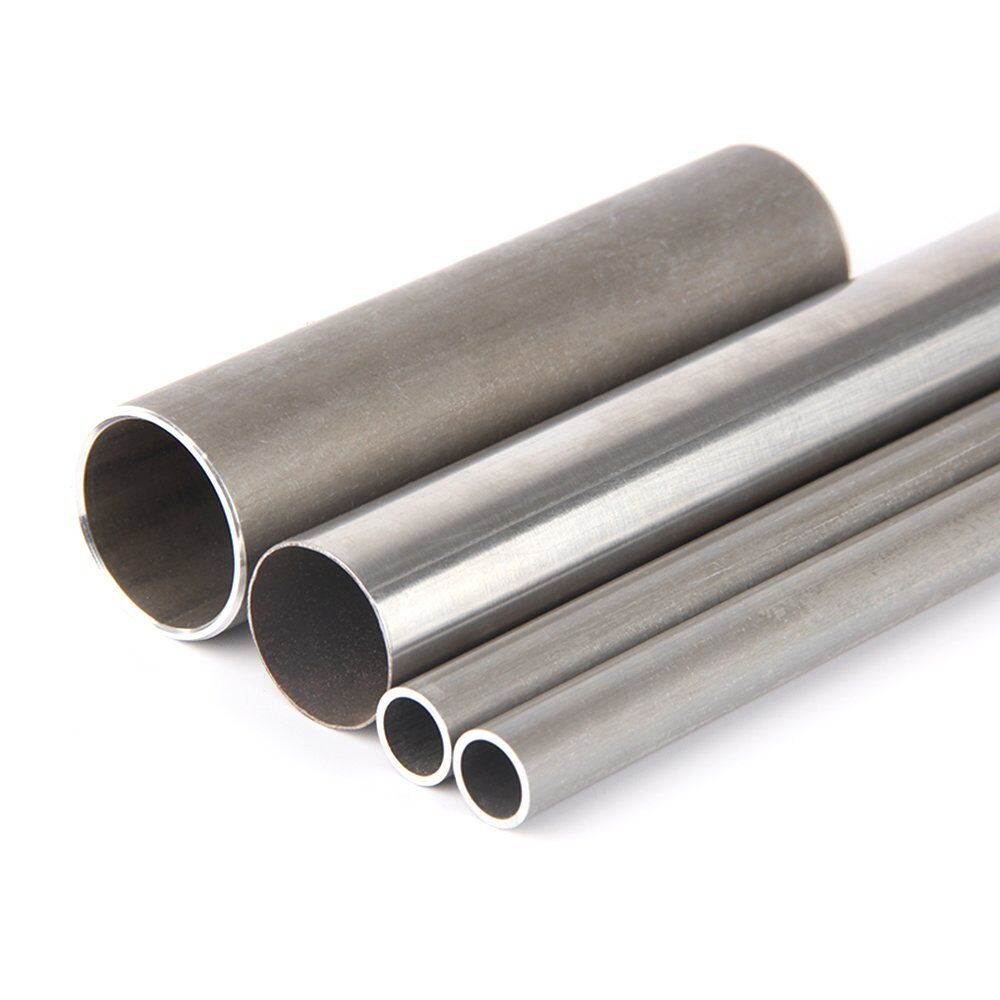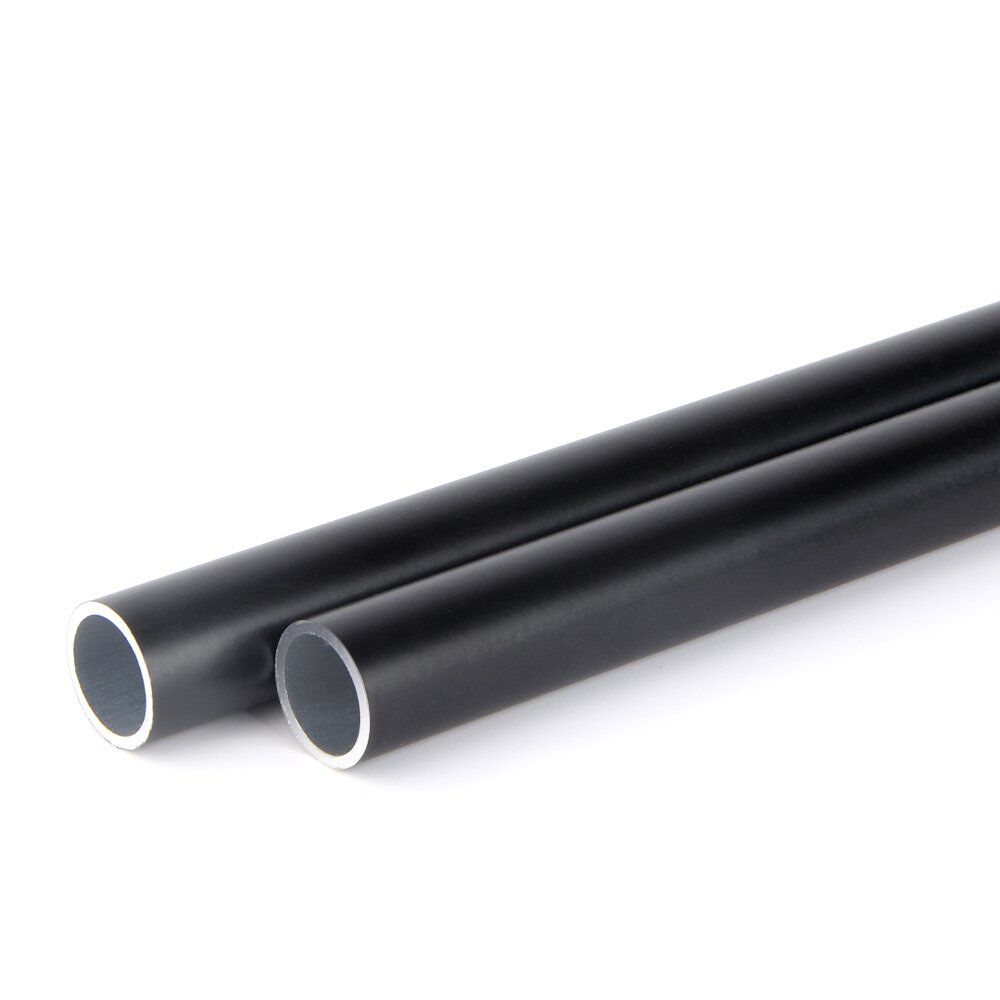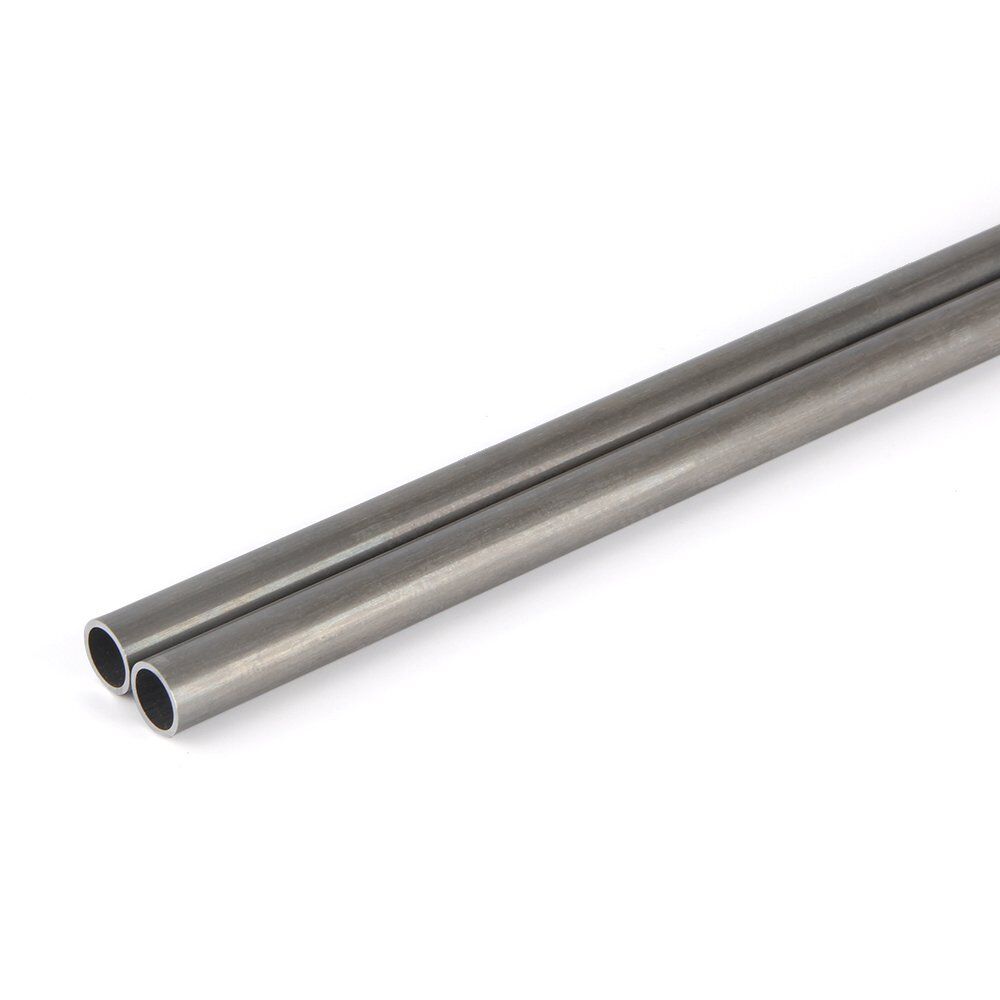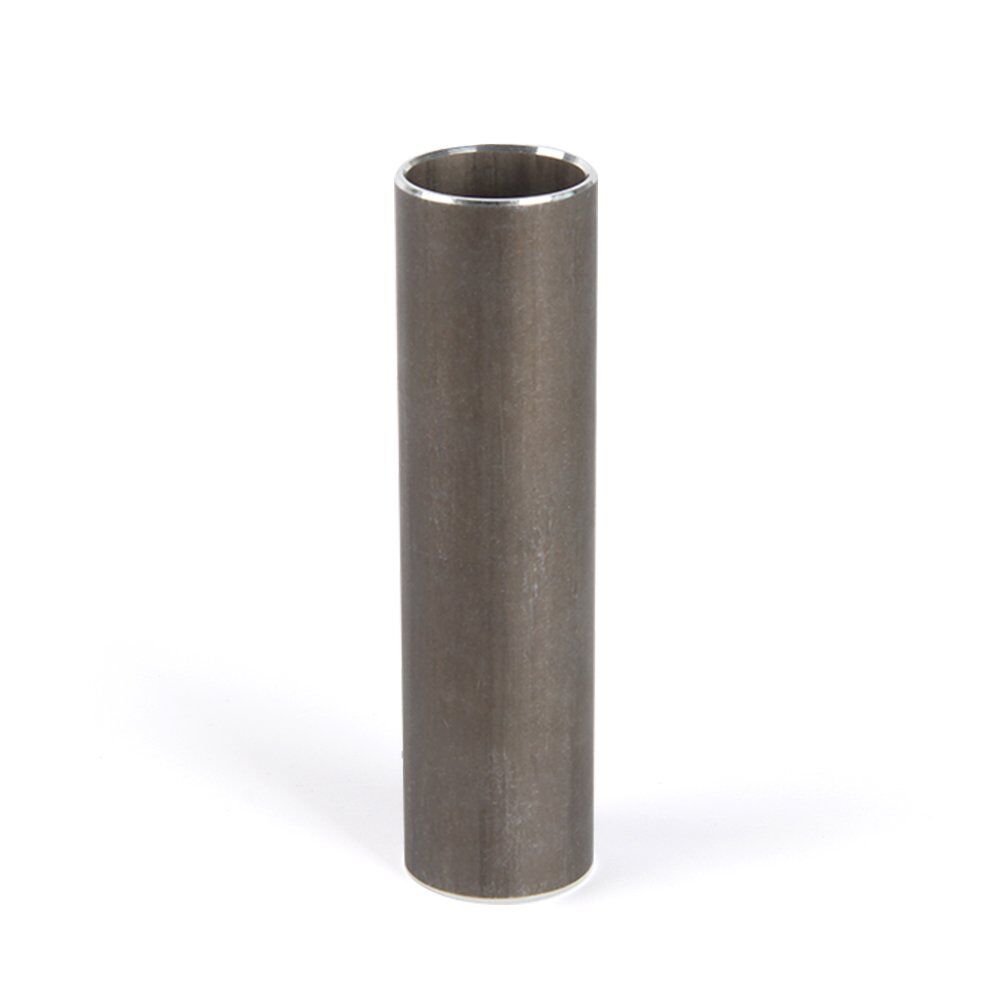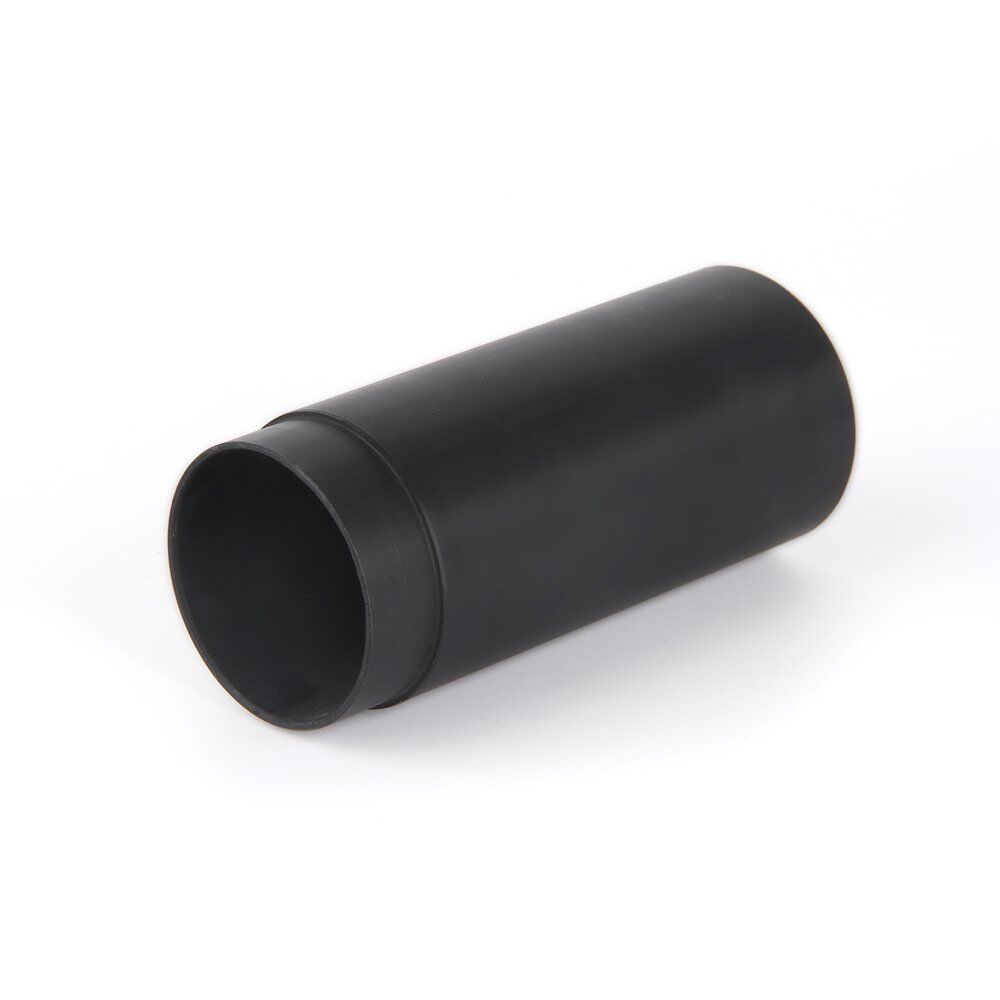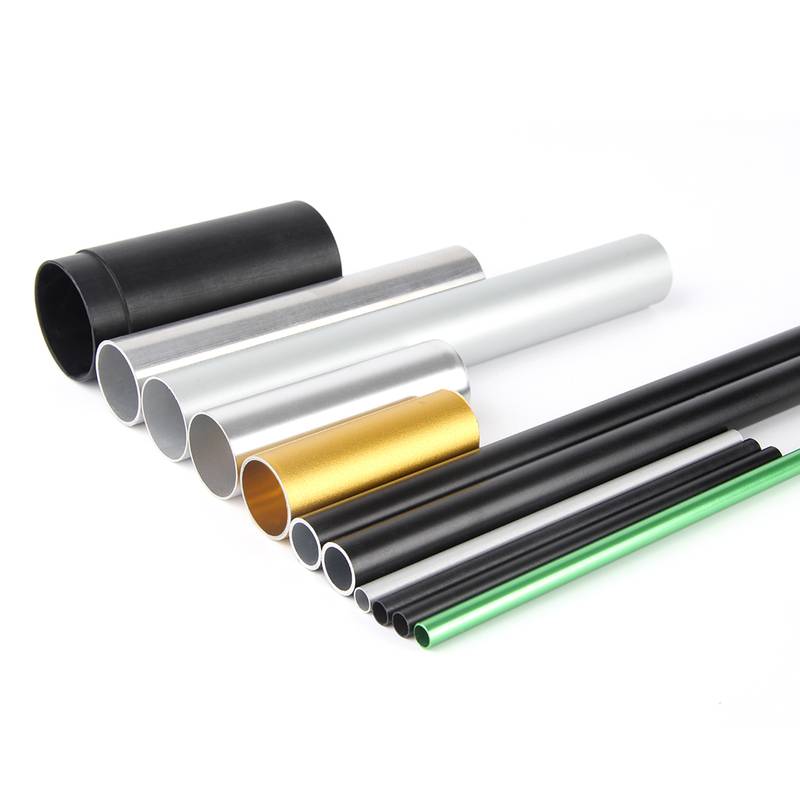2024 Aluminum Round Tube
Ian Industries offers a wide range of 2024 aluminum tube sizes and processing services
Additional information
| Outer Diameter | 3-250mm |
|---|---|
| Wall Thickness | 0.2-60mm |
| Length | 5mm-6000mm |
| Temper | T3-T9, etc |
| Surface Treatment | Anodized, Mill finish, Polished, Powder Coated, etc |
| Product Standard | ASTM, ASME, EN, JIS, DIN, GB/T, etc |
| Processing Service | Bending, Welding, Punching, Laser Cutting, Threading, Lathing, Flaring, Shrinking |
Product Details:
2024 Aluminum Alloy Tube
2024 aluminum is a high-strength, heat-treatable alloy primarily used in applications where a high strength-to-weight ratio is critical. It is one of the most commonly used aluminum alloys in the aerospace industry. When formed into tubes, it provides excellent structural integrity and fatigue resistance.
1. Chemical Composition
The composition of 2024 aluminum is defined by international standards such as ASTM B211 and AMS 4037. The typical composition by weight is:
| Element | Content (%) | Primary Function |
|---|---|---|
| Aluminum (Al) | Balance (~93.5%) | Base Metal |
| Copper (Cu) | 3.8 – 4.9 | Primary alloying element. Forms strengthening precipitates (e.g., Al₂CuMg) during heat treatment. |
| Magnesium (Mg) | 1.2 – 1.8 | Works with copper to form the strengthening S-phase (Al₂CuMg) precipitate. |
| Manganese (Mn) | 0.30 – 0.9 | Improves strength and corrosion resistance to some degree. |
| Iron (Fe) | ≤ 0.50 | Impurity (kept low to avoid detrimental effects on toughness). |
| Silicon (Si) | ≤ 0.50 | Impurity (kept low to prevent negative impact on fatigue performance). |
| Zinc (Zn) | ≤ 0.25 | Impurity. |
| Titanium (Ti) | ≤ 0.15 | Grain refiner. |
| Chromium (Cr) | ≤ 0.10 | Impurity. |
| Others (each) | ≤ 0.05 | – |
| Others (total) | ≤ 0.15 | – |
Key Takeaway: The high copper content is what gives 2024 its high strength but is also the primary reason for its relatively poor corrosion resistance compared to other series like 5xxx or 6xxx. It often requires a protective coating (e.g., alclad layer, anodizing, or paint) for use in harsh environments.
2. Mechanical Properties
The mechanical properties of 2024 aluminum tube are highly dependent on its temper (heat treatment condition). The most common tempers for tubes are T3 and T4 (solution heat-treated and naturally aged to a stable condition) and T6 (solution heat-treated and artificially aged).
Typical minimum mechanical properties for 2024-T3/T4 Aluminum Tube:
-
Tensile Strength (Ultimate): 68 ksi (469 MPa)
-
Yield Strength (0.2% Offset): 47 ksi (324 MPa)
-
Elongation (in 2 inches): 10-12%
-
Shear Strength: 41 ksi (283 MPa)
-
Fatigue Strength: 20 ksi (138 MPa)
-
Hardness (Brinell): 120 HB
-
Modulus of Elasticity: 10.6 x 10³ ksi (73.1 GPa)
-
Density: 0.100 lb/in³ (2.78 g/cm³)
Comparison for 2024-T6:
The T6 temper offers higher yield strength but lower ductility and fracture toughness compared to T3/T4. T3/T4 is generally preferred for applications requiring good formability and damage tolerance.
3. Common Uses and Applications
2024 aluminum tube is selected for high-performance structural applications where its strength is paramount. Its primary uses include:
-
Aerospace Structures: This is its most classic application.
-
Aircraft fuselage and wing skins
-
Structural frames and bulkheads
-
Wing ribs and stringers
-
Landing gear components
-
Hydraulic system parts
- Boat mast
-
-
High-Strength Structural Components:
-
Rotating parts in machinery
-
Truck wheels and suspension parts
-
Military vehicle components
-
Pistons and parts for racing cars
-
-
Other Applications:
-
Fasteners (e.g., bolts, screws, rivets)
-
Shafts and couplings
-
Any highly stressed parts in the transportation industry
-
4. Key Advantages and Limitations
| Advantage | Limitation |
|---|---|
| Excellent Strength-to-Weight Ratio | Poor Corrosion Resistance (requires protection) |
| Good Fatigue Performance | Poor Weldability (only suitable for riveting or bonding) |
| Good Machinability | Lower Elevated Temperature Performance (compared to 2xxx alloys with higher Cu) |
| Good Toughness & Damage Tolerance (T3/T4) |
Note: While it is possible to weld 2024, it is generally not recommended for critical structures due to a high susceptibility to solidification cracking and a significant loss of strength in the heat-affected zone (HAZ). Mechanical fastening is the preferred joining method.
In summary, 2024 aluminum tube is a premier choice for high-strength, lightweight structural applications, most notably in aerospace, where its superior mechanical properties outweigh its need for corrosion protection and its poor weldability.
